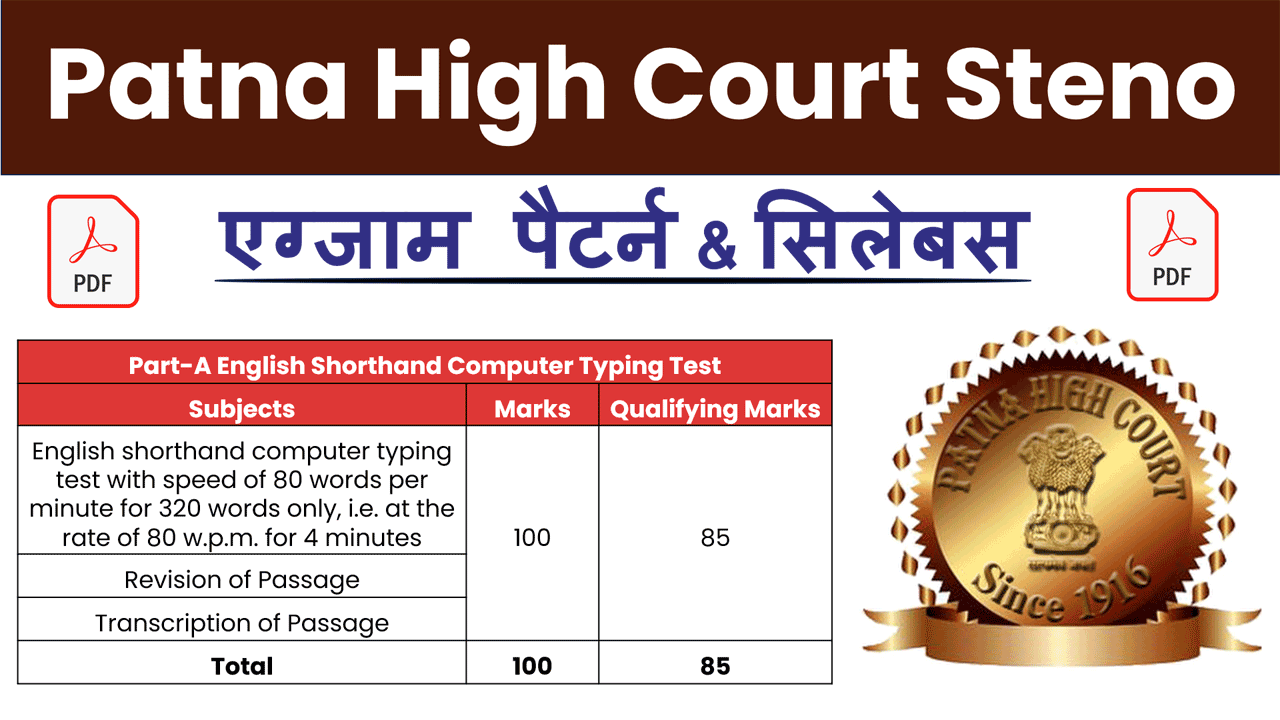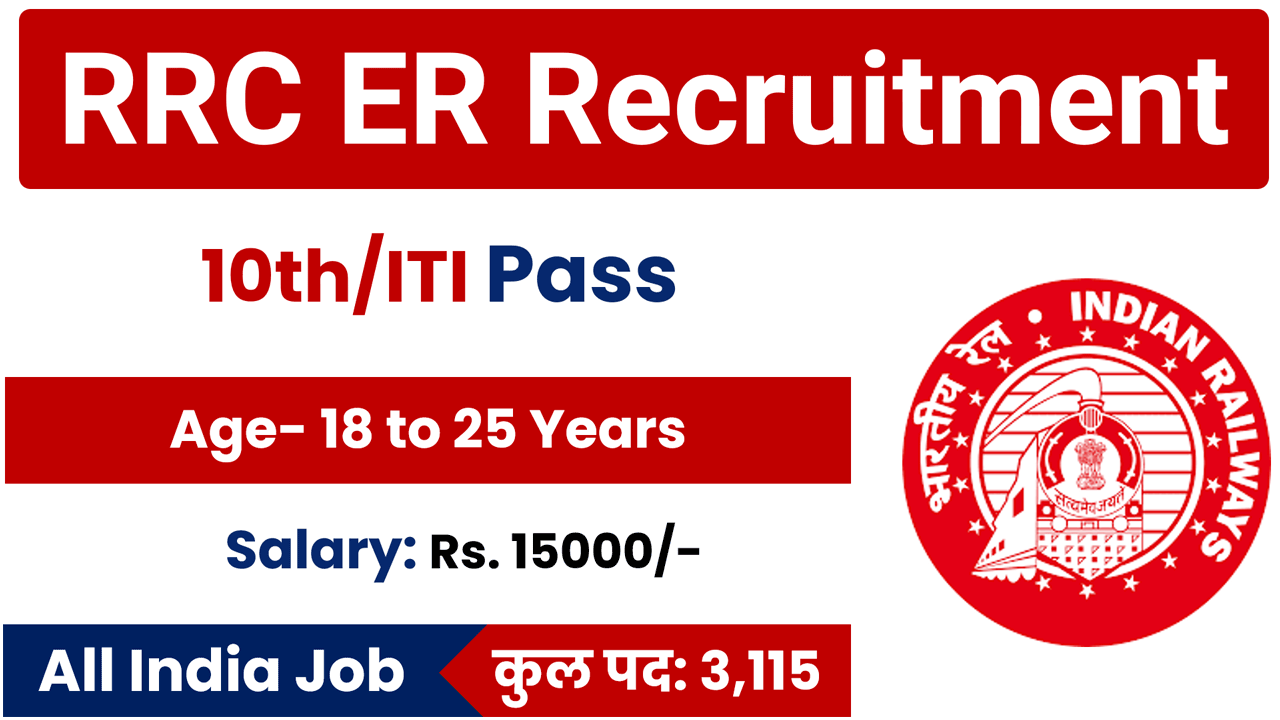Mastering Trigonometry for Competitive Exams: A Comprehensive Guide
Trigonometry is a cornerstone of mathematics that plays a crucial role in competitive exams. Whether you’re preparing for entrance tests, government job exams, or any competitive assessment, a thorough understanding of trigonometric principles can significantly enhance your performance. This guide delves deep into the intricacies of trigonometry, providing you with all the essential knowledge to excel in this critical topic.
| Chapters | Download Links |
| Average📙 | Download 🔗 |
| Compound Interest📙 | Download 🔗 |
| Circle📙 | Download 🔗 |
| Cube & Cube Root📙 | Download 🔗 |
| Cuboid📙 | Download 🔗 |
| Cylinder📙 | Download 🔗 |
| Heights & Distance📙 | Download 🔗 |
| LCM & HCF📙 | Download 🔗 |
| Mixture and Allegation📙 | Download 🔗 |
| Partnership📙 | Download 🔗 |
| Percentage📙 | Download 🔗 |
| Profit, Loss & Discount📙 | Download 🔗 |
| Quadrilateral📙 | Download 🔗 |
| Ratio & Proportion📙 | Download 🔗 |
| Simple Interest📙 | Download 🔗 |
| Simplification📙 | Download 🔗 |
| Speed, Time & Distance📙 | Download 🔗 |
| Sphere📙 | Download 🔗 |
| Square & Square Root📙 | Download 🔗 |
| Time and Work📙 | Download 🔗 |
| Trigonometry📙 | Download 🔗 |
What is Trigonometry?
Trigonometry is the branch of mathematics that deals with the relationships between the sides and angles of triangles, particularly right triangles. It encompasses concepts such as sine, cosine, tangent, cotangent, secant, and cosecant functions, which are fundamental in solving problems involving angles and distances.
Importance of Trigonometry in Competitive Exams
- Quantitative Aptitude: Trigonometry questions often appear in the quantitative aptitude sections of competitive exams, testing your ability to apply trigonometric identities and formulas.
- Geometry and Coordinate Geometry: Trigonometric functions are essential in solving problems related to angles, distances, and transformations in both geometric and coordinate geometry contexts.
- Physics and Engineering: Many competitive exams for technical fields include trigonometry-based questions related to mechanics, waves, optics, and electrical circuits.
Types of Trigonometry Problems
- Basic Trigonometric Identities: Problems involving verifying, simplifying, and applying trigonometric identities such as Pythagorean identities, sum and difference identities, and double angle identities.
- Trigonometric Equations: Solving equations involving trigonometric functions, including equations with multiple angles and transformations.
- Applications of Trigonometry: Real-world problems such as height and distance, navigation, surveying, and angular velocity, which require the application of trigonometric concepts.
Tips for Mastering Trigonometry
- Memorize Key Formulas: Familiarize yourself with trigonometric formulas for sine, cosine, tangent, cotangent, secant, and cosecant functions, and practice applying them in various contexts.
- Practice Geometric Problems: Solve a variety of trigonometry problems from previous years’ papers, mock tests, and textbooks to develop problem-solving skills and enhance your understanding of geometric applications.
- Use Technology Wisely: Leverage graphing calculators and trigonometric tables to verify solutions, explore patterns, and deepen your understanding of trigonometric relationships.
Conclusion
In conclusion, mastering trigonometry requires both theoretical knowledge and practical application. By understanding fundamental concepts, memorizing key formulas, and practicing a diverse range of problems, you can approach trigonometry questions in competitive exams with confidence. Remember, trigonometry is not just a mathematical tool; it’s a critical skill that extends into various fields requiring analytical thinking and problem-solving abilities.











